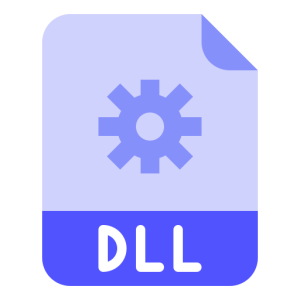Description
MICROSOFT.DLL is a dynamic link library (DLL) file that contains various functions, routines, and resources necessary for the proper functioning of Microsoft software applications. This DLL file is an essential component of the Microsoft operating system and plays a crucial role in ensuring the seamless execution of Microsoft-related tasks and processes.
Purpose and Functionality
The MICROSOFT.DLL file serves several purposes and provides various functionalities, including:
- System Integration: MICROSOFT.DLL integrates Microsoft software applications and components with the operating system, enabling them to interact and function harmoniously.
- System Resource Management: The DLL optimizes the utilization of system resources by allocating and deallocating them as required, ensuring efficient performance of Microsoft applications.
- Compatibility Support: MICROSOFT.DLL offers compatibility support for older software applications that may rely on specific functions or resources, helping them run smoothly on newer versions of the Microsoft operating system.
Common Use Cases
The MICROSOFT.DLL file is utilized in various scenarios, including:
- Microsoft Application Execution: When a user launches a Microsoft software application, MICROSOFT.DLL is loaded into memory to provide the necessary support and resources for the application’s proper execution.
- System Startup and Operation: MICROSOFT.DLL is loaded during the system startup process and remains active in the background throughout the operation of the Microsoft operating system, ensuring the smooth functioning of essential processes.
It’s important to note that the MICROSOFT.DLL file is a generic term, and there might be different versions and variations of the DLL for different Microsoft software applications. Users should ensure they have the correct version of the DLL file specific to the software they are using to avoid compatibility issues and ensure optimal performance.

